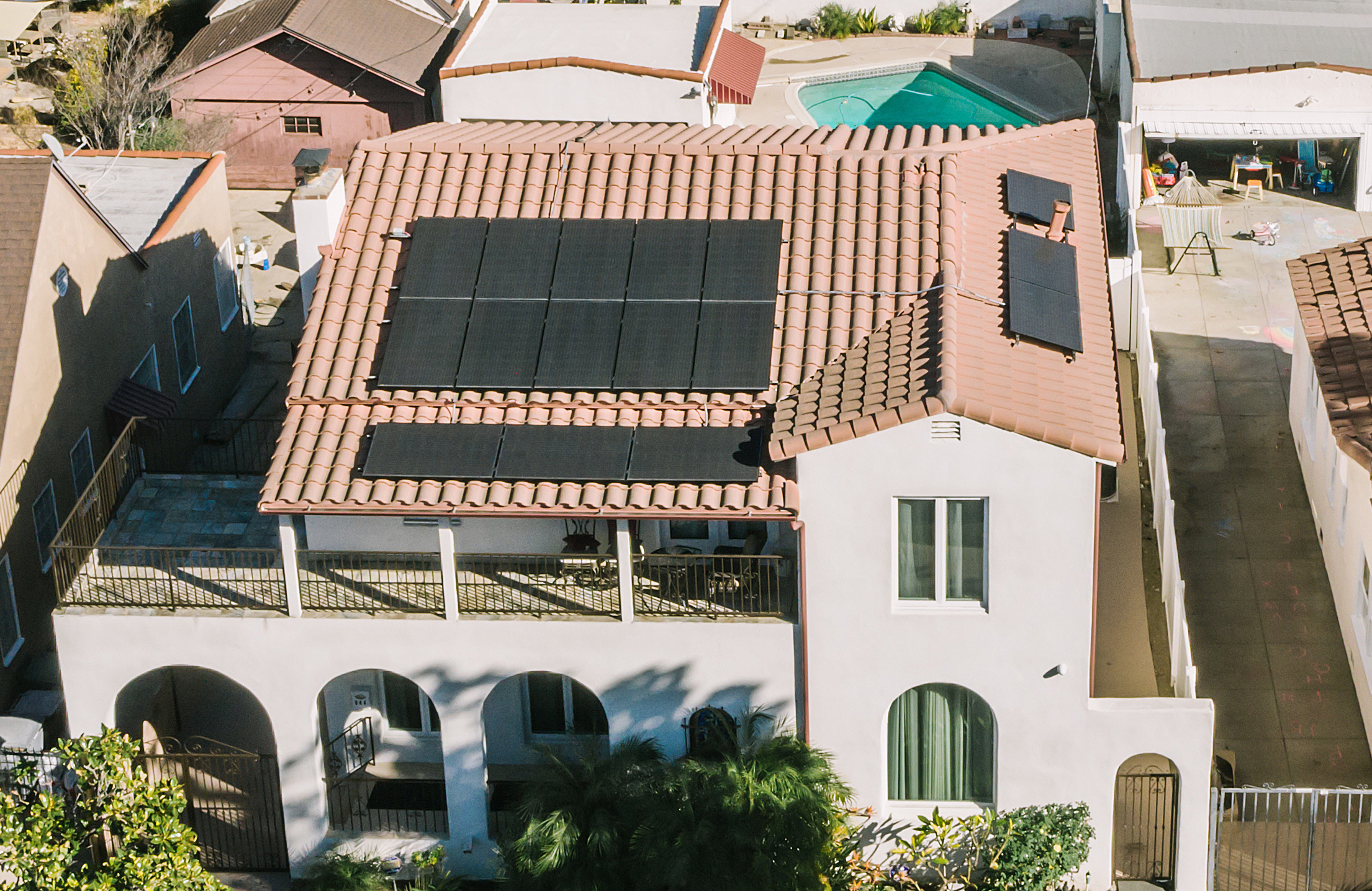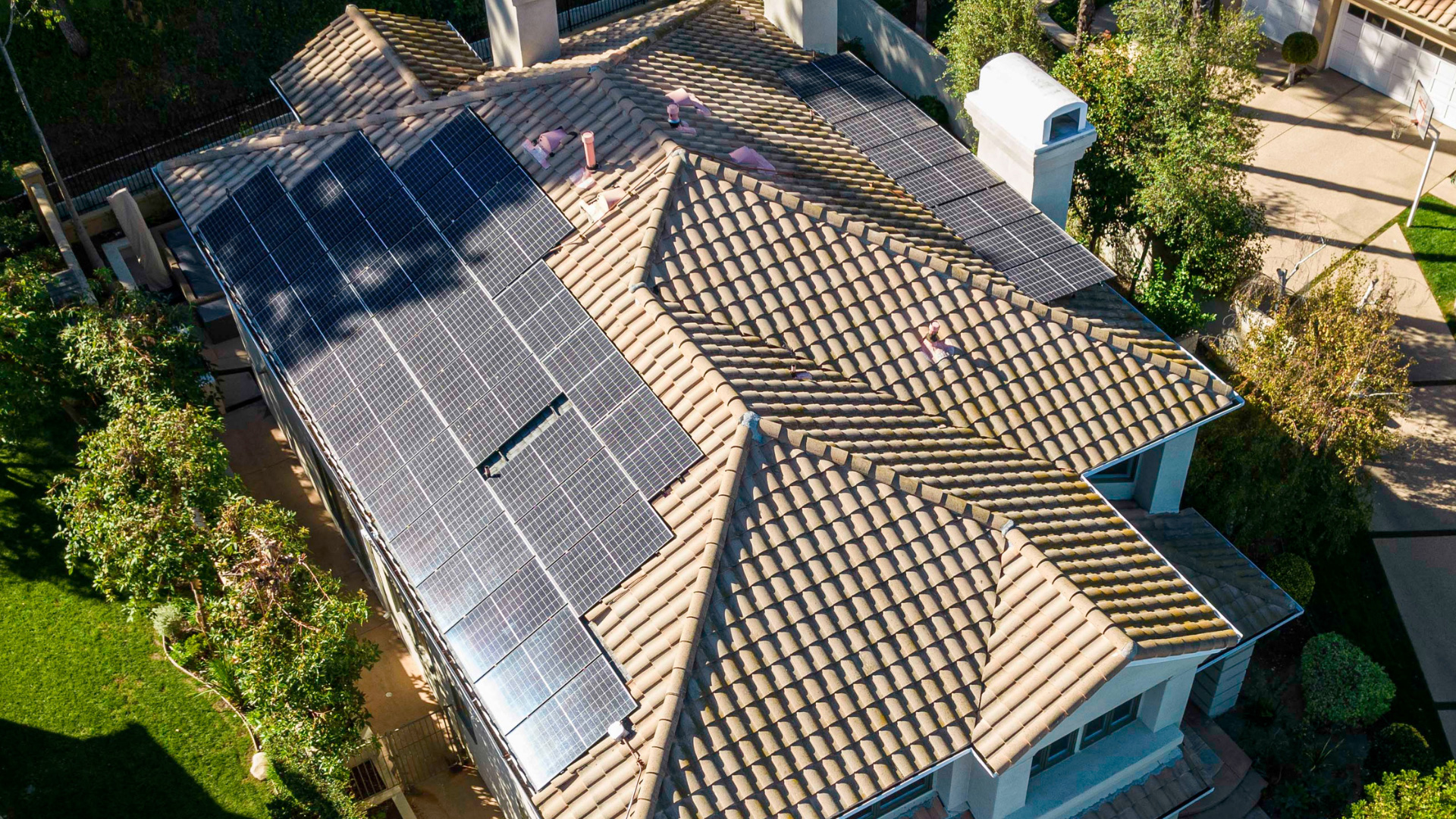Since the NEM 3.0 proposal was introduced by California’s investor-owned utility companies in 2021, it has faced much adversity from solar panel companies, developers, renewable energy professionals, and homeowners alike. The proposition means that the financial benefits of owning residential solar panels will be significantly reduced and that California will have the highest solar panel fees in the country.
A decision about the controversial proposal was supposed to be made by The California Public Utilities Commission (CPUC) on February 10, 2022, but it has now been indefinitely delayed. The CPUC President, Alice Reynolds, joined CPUC last year and did not participate in the process of considering NEM 3.0. Reynolds has now requested more time to analyze the proposal and has expressed an intent to hold oral arguments at a later time.
“The NEM 3.0 proposal never made much sense for anyone but the utility companies themselves,” said Arno Aghamalian, CEO and President at Solar Optimum. “More and more Californians have been buying solar panels over the past years, which benefits not only the environment but the homeowners as well. The NEM 3.0 proposal would cut the financial benefits of solar homes in half and make it too expensive for many people who might be interested in solar. I hope CPUC makes the decision to not move ahead with the proposed changes so more California residents can afford to go solar,” he concluded.
Governor Newsom Wants Changes to the NEM 3.0 proposal
On January 13, 2021, representatives from the solar industry as well as homeowners participated in rallies in San Francisco and Los Angeles to protest NEM 3.0 and to appeal to Governor Gavin Newsom to intervene and save solar panels for homes. The protests were heard, and Governor Newsom has stated that he does not believe the plan is acceptable, and that he wants changes made.
In 2018, the California Legislature passed the 100 Percent Clean Energy Act, which aims to have 60 percent renewable energy in California by 2030. An ambitious goal, putting California in the lead when it comes to solar. Governor Newsom’s statement along with CPUC’s choice to postpone their decision could be a sign that the original NEM 3.0 proposal was not in line with the state’s energy plans and needs to be amended.
Extra Time Means More People Can Benefit From Solar
Because of the proposal for NEM 3.0, some wonder “Are solar panels worth it?” Since NEM 3.0 has not yet been put in place, residential solar panels are still financially beneficial for those who want to save money on their electricity bill. Until any updated policies are officially launched, all solar panel systems will be grandfathered under NEM 2.0.
To make even more of a solar panel investment, it is recommendable to include battery storage in the solar array. With battery storage, excess power can be stored for times in need such as during blackouts and emergencies.
Solar Optimum can help you get your solar project started, approved, and installed before the potential expiration of NEM 2.0. Contact one of our Energy Consultants today for a free consultation.






